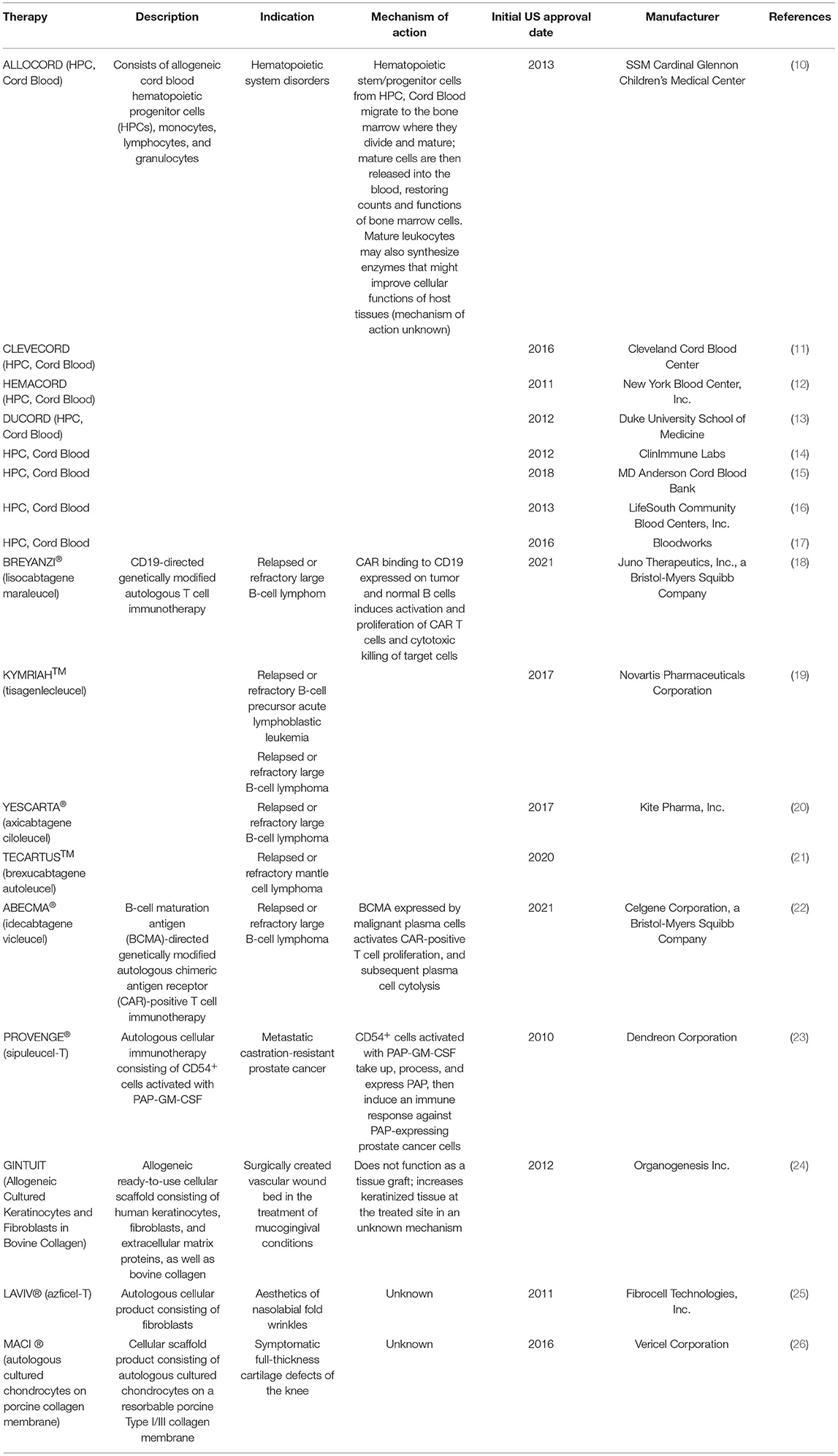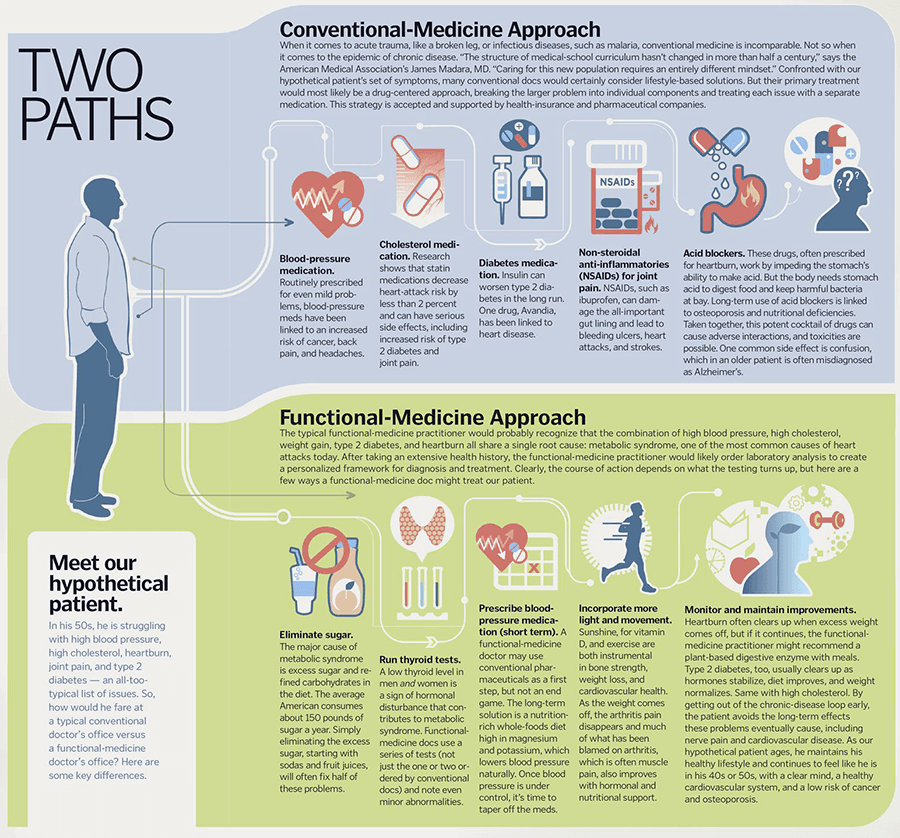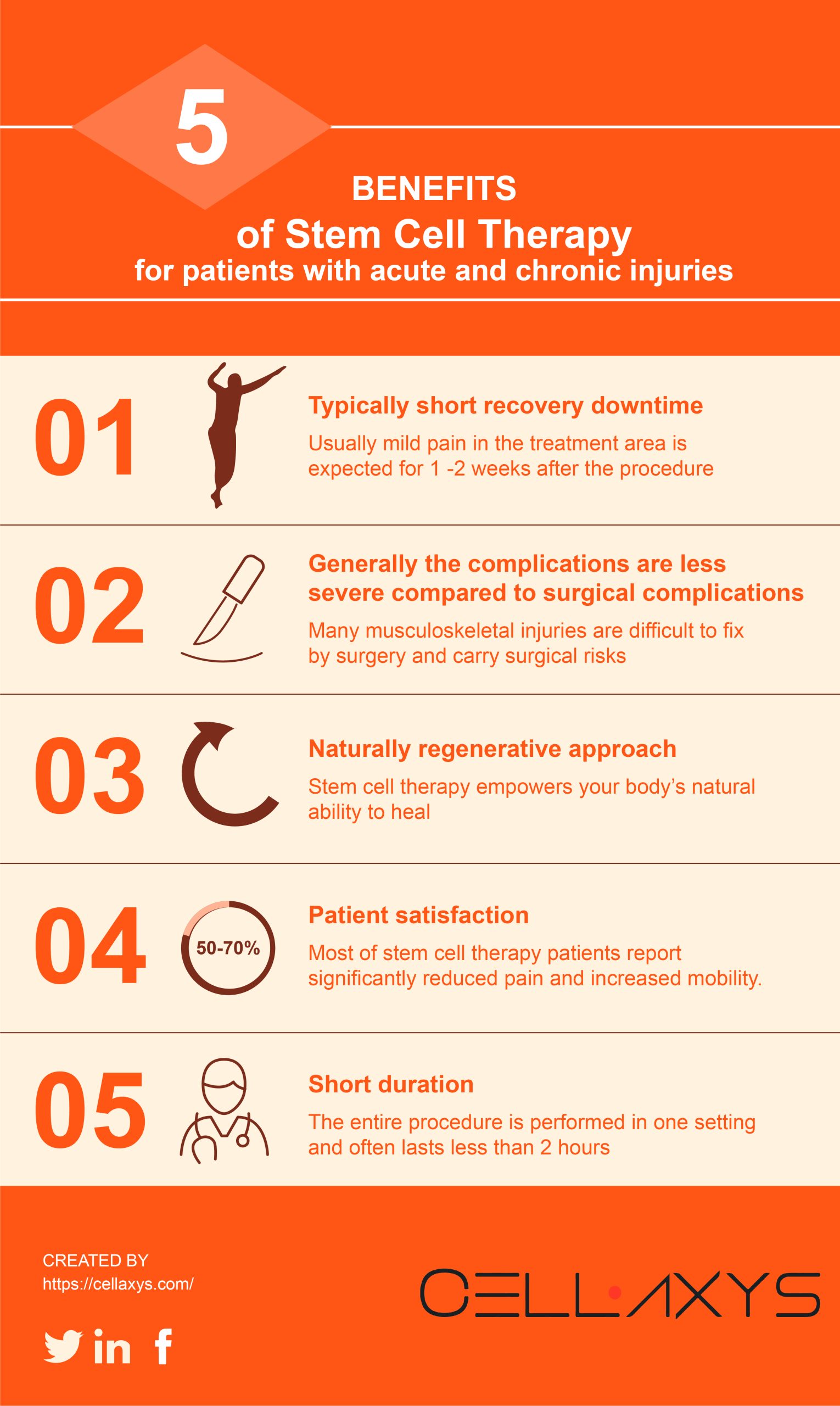
[/image][=video]
[/video]
There are lots of kinds of stem cells. In basic, the term stem cell refers to a group of cells that trigger various other cells (like skin, blood, heart, and muscular tissue cells) by duplicating and distinguishing in feedback to chemical signs. Totipotent stem cells show up at the earliest phase of growth and are the only stem cells which can produce embryonic stem cells and the placenta.
Bone marrow transplant (BMT) is an unique therapy for people with specific cancers or other illness. A bone marrow transplant involves taking cells that are typically located in the bone marrow (stem cells), filtering those cells, and offering them back either to the contributor (person) or to an additional person. The objective of BMT is to transfuse healthy bone marrow cells into an individual after his or her very own unhealthy bone marrow has been treated to eliminate the unusual cells.
Bone marrow is the soft, mushy tissue discovered inside bones. It is where the majority of the body's blood cells develop and are saved. The blood cells that make various other blood cells are called stem cells. One of the most primitive of the stem cells is called the pluripotent stem cell. This is different than various other blood cells with regard to the complying with residential or commercial properties: It has the ability to duplicate an additional cell identical to itself.
It is the stem cells that are needed in bone marrow transplant. The objective of a bone marrow transplant is to treat lots of conditions and types of cancer cells. When the dosages of chemotherapy or radiation needed to cure a cancer cells are so high that a person's bone marrow stem cells will certainly be permanently damaged or damaged by the therapy, a bone marrow transplant may be required.
Medical Group
This procedure is usually called rescue. Replace bone marrow with genetically healthy working bone marrow to stop more damage from a genetic illness procedure (such as Hurler's syndrome and adrenoleukodystrophy). The dangers and advantages should be considered in a complete discussion with your doctor and experts in bone marrow transplants prior to the treatment.
There are various kinds of bone marrow transplants depending on that the donor is. The different kinds of BMT consist of the following: The benefactor is the individual himself or herself. Stem cells are taken from the individual either by bone marrow harvest or apheresis (a procedure of collecting outer blood stem cells), frozen, and after that repaid to the patient after extensive therapy.
The donor shares the exact same hereditary kind as the individual. Stem cells are taken either by bone marrow harvest or apheresis from a genetically matched contributor, generally a bro or sister. Various other contributors for allogeneic bone marrow transplants may include the following: A haploid-identical match is when the benefactor is a parent and the hereditary match goes to the very least half similar to the recipient.

Matching involves keying human leukocyte antigen (HLA) tissue. The antigens externally of these special white blood cells identify the genetic make-up of a person's immune system. There are at least 100 HLA antigens; nonetheless, it is believed that there are a couple of significant antigens that identify whether a donor and recipient match.
Clinical study is still investigating the duty all antigens play in the process of a bone marrow transplant. The even more antigens that match, the much better the engraftment of contributed marrow. Engraftment of the stem cells occurs when the given away cells make their means to the marrow and start making new blood cells.
Stem Cell Therapy around Inkster
All people work together to provide the most effective possibility for a successful transplant. The group contains the following: Doctor that concentrate on oncology, hematology, immunology, and bone marrow transplant. A registered nurse that arranges all elements of care supplied before and after the transplant. The registered nurse planner will provide patient education and learning, and coordinates the diagnostic testing and follow-up care.
Specialists who will aid you meet your dietary requirements before and after the transplant. A number of other team members will certainly assess you prior to hair transplant and will certainly provide follow-up treatment as needed.

A complete case history and physical examination are performed, including multiple tests to assess the individual's blood and organ features (as an example, heart, kidney, liver, and lungs). A client will certainly usually enter the transplant center as much as 10 days before transplant for hydration, analysis, placement of the main venous line, and various other prep work.
Blood products and medications will certainly be offered with the catheter during therapy. For an allogeneic transplant, an ideal (cells entered and matched) contributor must be readily available. Finding a matching donor can be a difficult and prolonged procedure, especially if a brother or sister suit is not offered. Volunteer marrow contributors are signed up in several nationwide and international pc registries.
Contributor resources readily available include: self, brother or sister, moms and dad or family member, nonrelated person, or umbilical cord from an associated or nonrelated individual. There are nationwide and international pc registries for nonrelated people and cord blood.
Medical Group
Examinations associated with his or her health, exposure to viruses, and hereditary evaluation will certainly be done to figure out the extent of the match. The benefactor will be given instructions on just how a bone marrow donation will be made. As soon as a match for a patient needing a bone marrow transplant is discovered, then stem cells will be gathered either by a bone marrow harvest.
Or by an outer blood stem cell collection. This is where stem cells are accumulated from the distributing cells in the blood. Of both, outer blood stem cell contributions are now extra common. Cable blood has already been collected at the time of a birth and stored for later use.
Navigation
Latest Posts
Perimenopause Treatment
Menopause Treatment
Regenerative Therapy